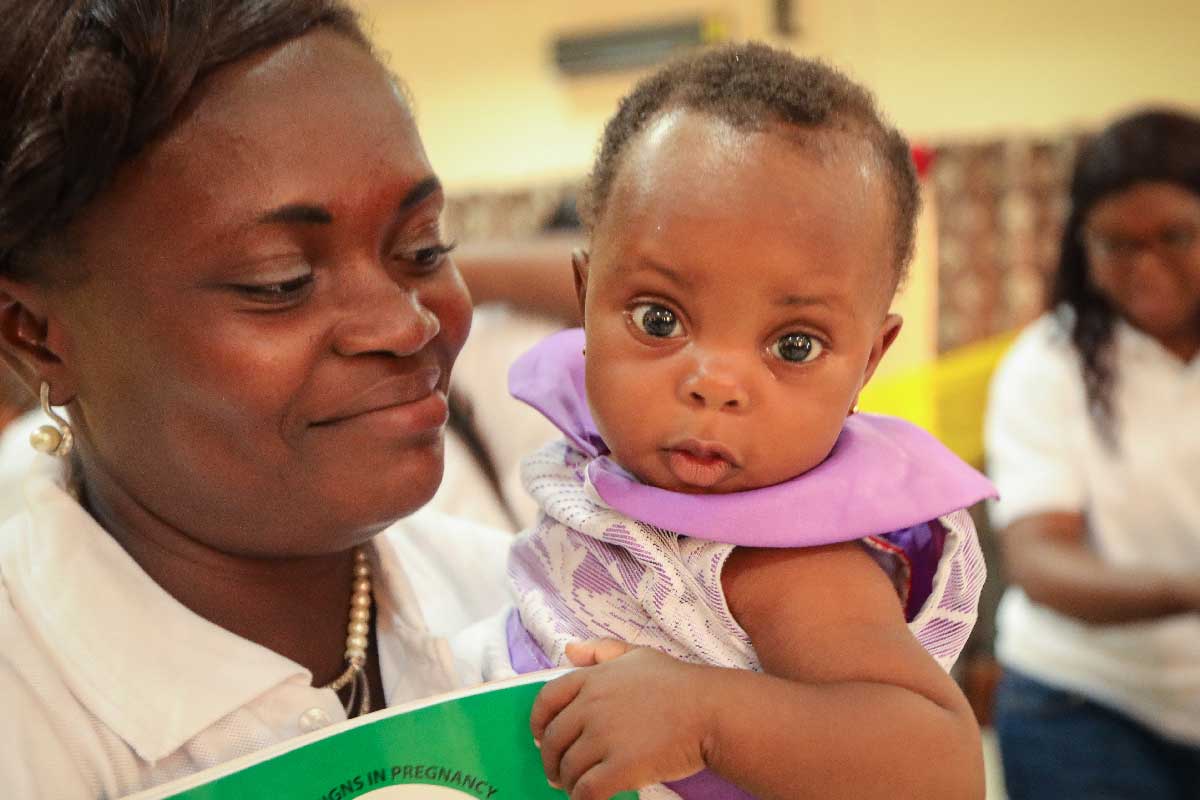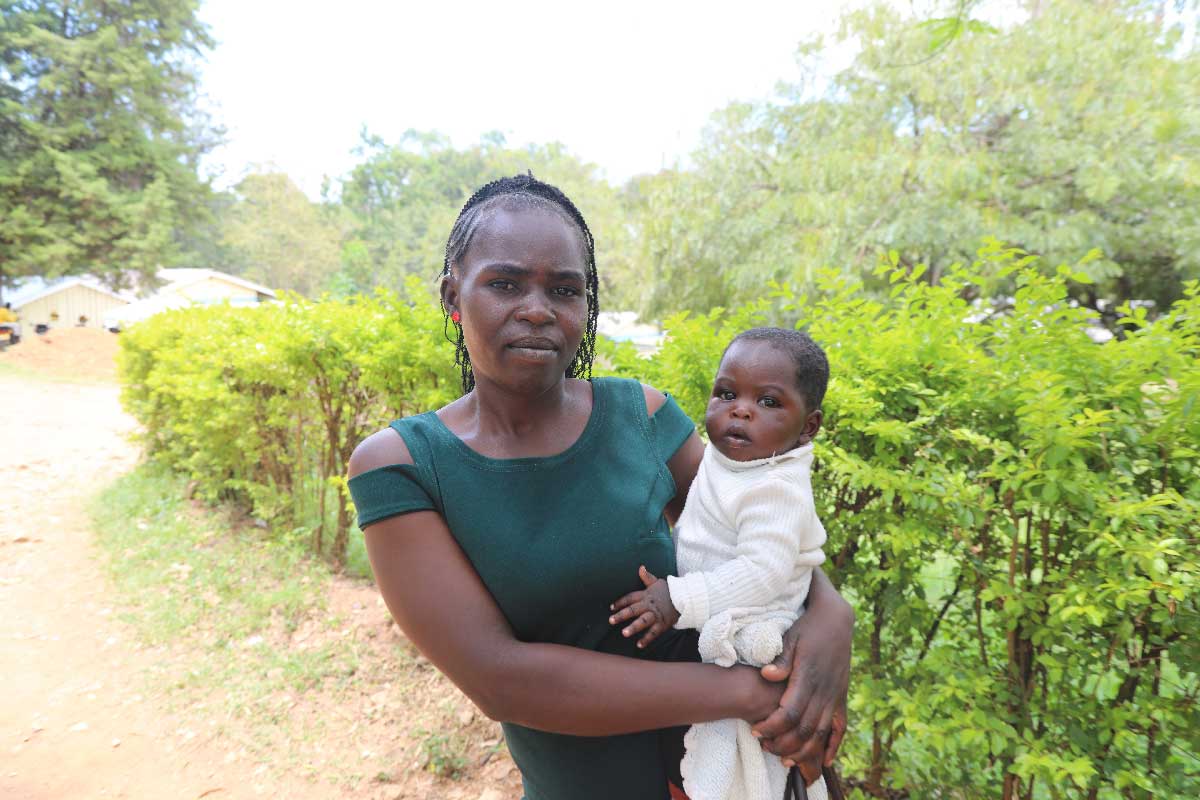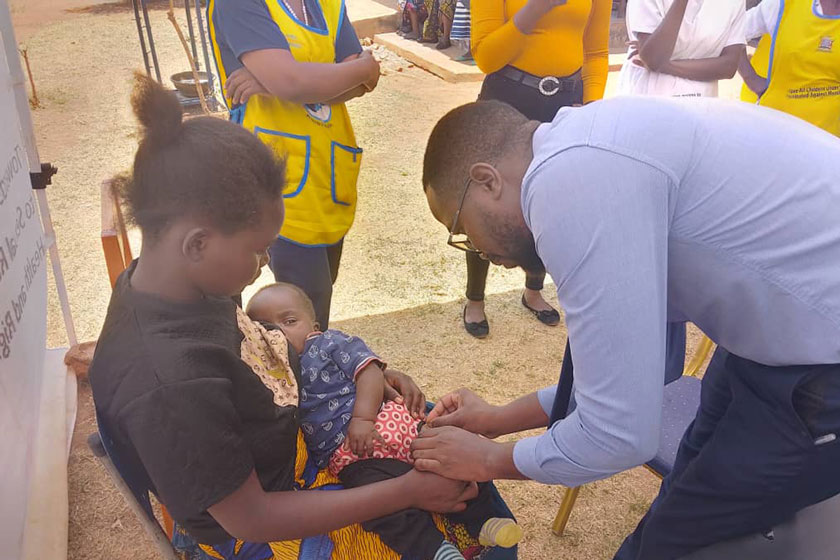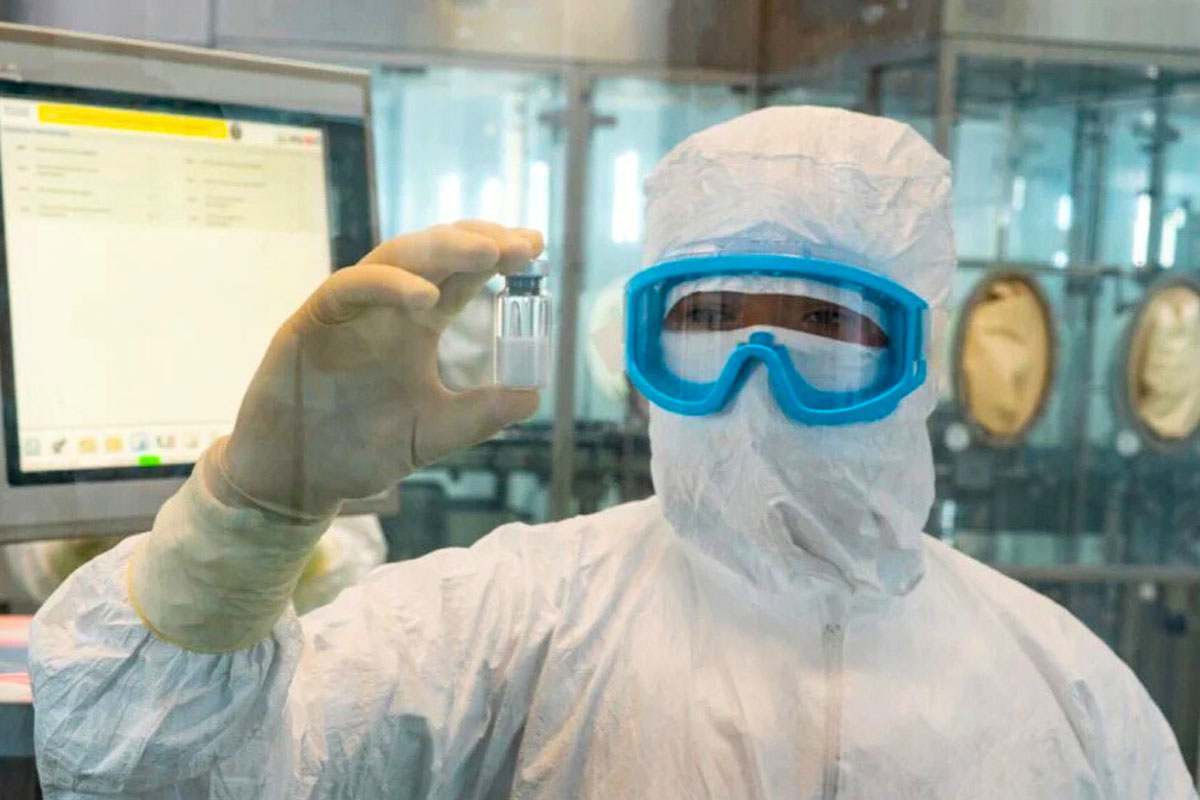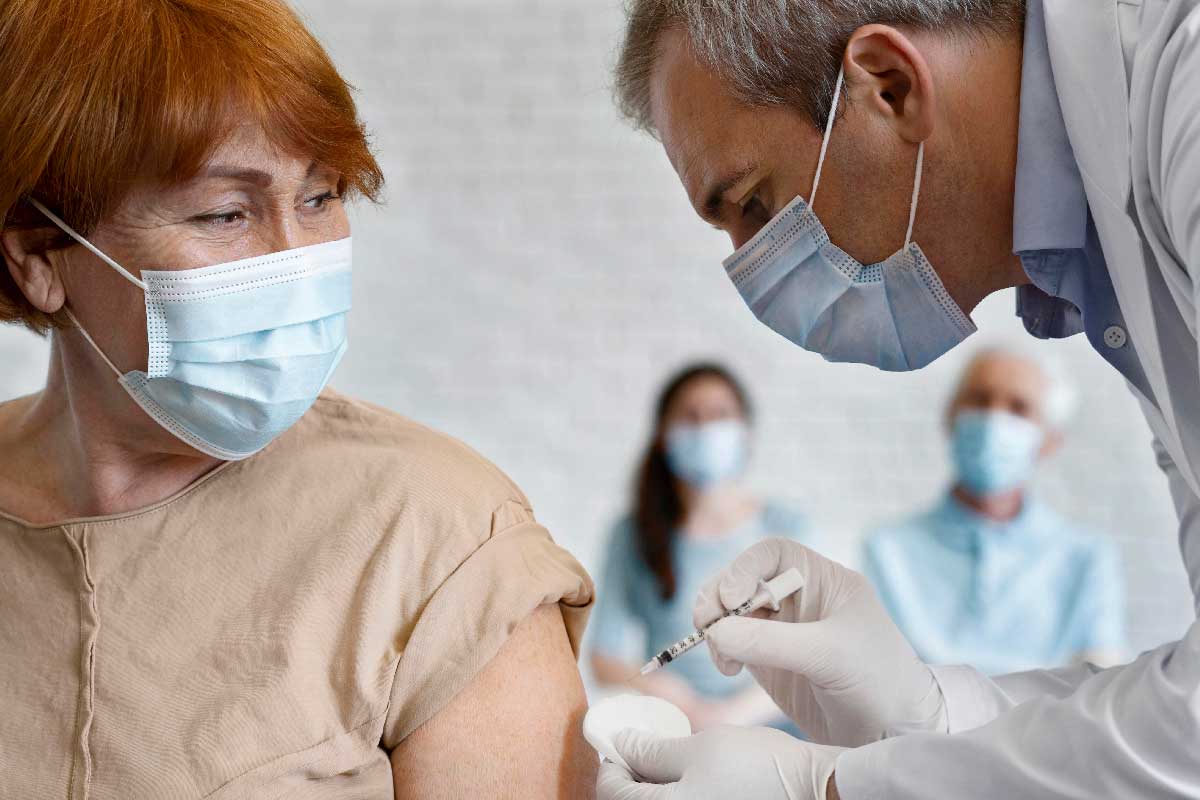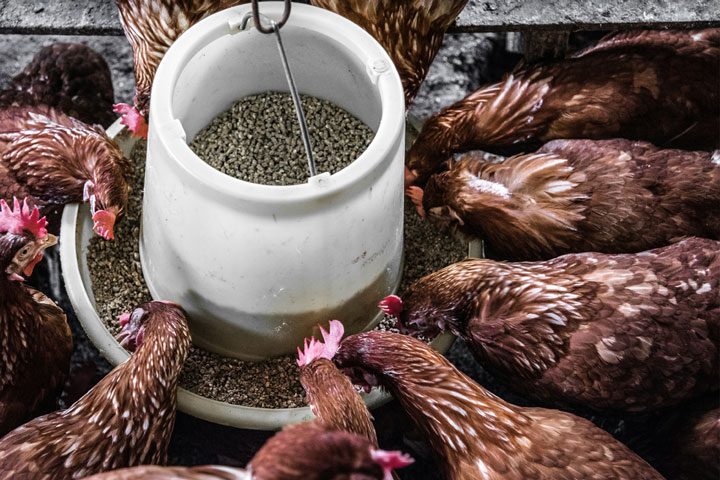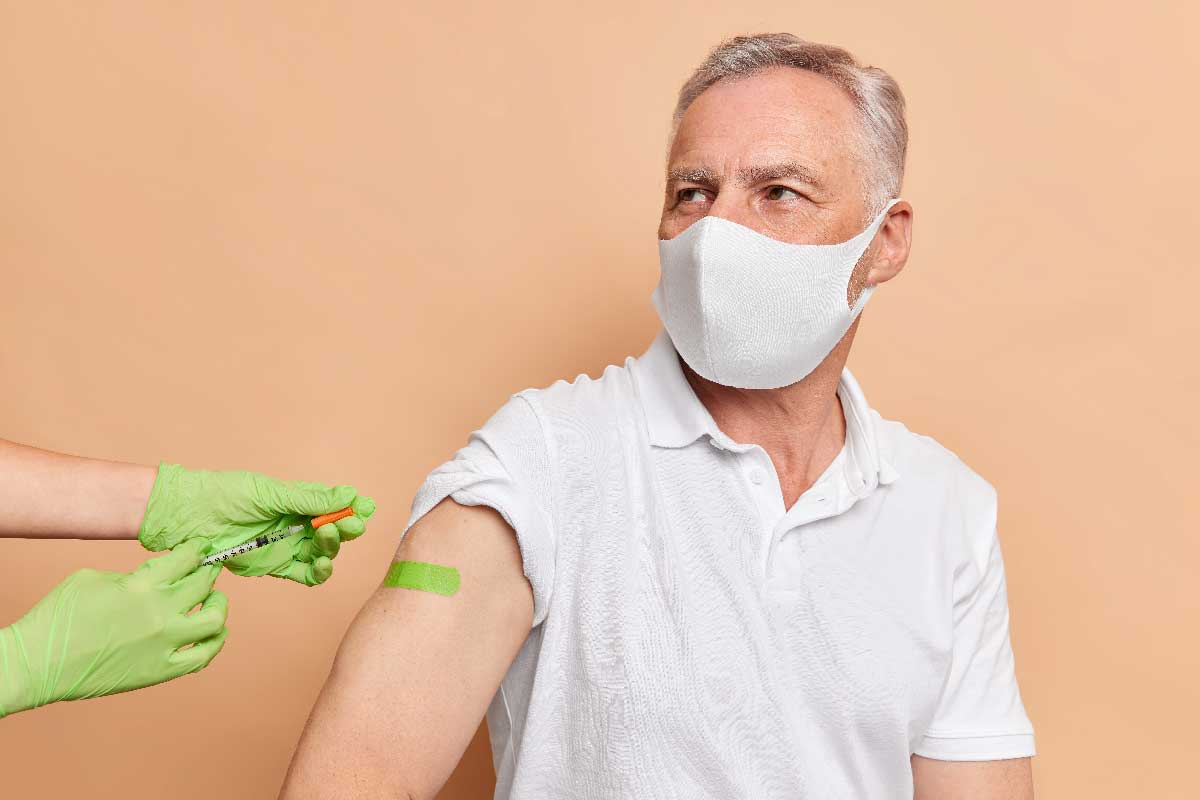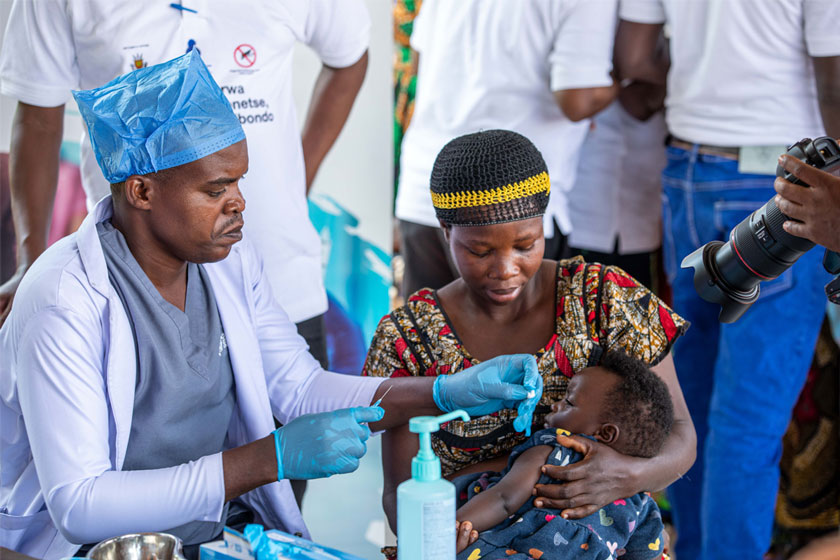Falling childhood vaccinations concern virologists in Australia
Diseases like measles and rubella could roar back as vaccine protection slips.
- 27 May 2025
- 3 min read
- by Priya Joi
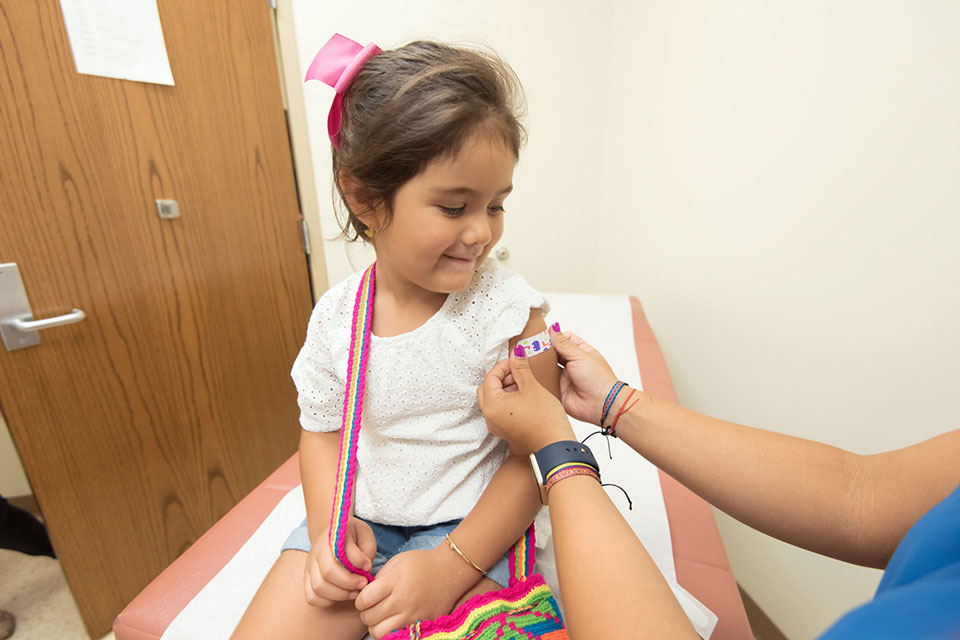
When vaccination rates drop, so does the invisible shield that protects communities from disease. In Australia, that shield is showing cracks.
For the first time since 2014, fewer than 90% of two-year-olds are fully vaccinated, according to the latest data from the Australian Immunisation Register.
The fact that childhood immunisations are dipping below the rate needed to protect the whole population is a warning sign that preventable diseases like measles could make a comeback.
Downward trend
The latest figures from the National Centre for Immunisation Research and Surveillance (NCIRS), released this month, show a widespread fall in immunisations for a range of illnesses over the past five years.
The data includes vaccines for whooping cough, diphtheria, tetanus, rotavirus, pneumococcal, polio, hepatitis B, four types of meningococcal, measles, mumps and rubella, as well as human papillomavirus (HPV) vaccine for teens that can prevent cervical cancer.
In 2020, 94.8% of Australian children were fully vaccinated by age five, but by 2024, that figure had slipped to 92.7% . Coverage for one-year-olds dropped from 94.8% to 91.6%, and for two-year-olds, from 92.1% to 89.4%.
When routine vaccination rates fall below 95%, communities start to lose herd immunity and that’s when outbreaks can happen.
Dr Gary Grohmann, director of Australia’s Immunisation Coalition and former consultant to the World Health Organization, said the numbers are “absolutely alarming”.
Reasons for the fall
The reasons behind the decline are complex. A study of 2,000 parents by the National Vaccination Insights Project showed that misinformation and mistrust in vaccines are major factors: nearly half of parents with unvaccinated children believe vaccines are unsafe, and four in ten think they don’t work.
Practical barriers, such as the cost and difficulty of getting appointments, also play a role for about one in ten families. But the most common barrier – even when parents did vaccinate their children – was “feeling distressed when thinking about vaccinating their child”.
The COVID-19 pandemic has made things worse. Routine healthcare was disrupted, and vaccine fatigue may have set in. Many families became reluctant to return to clinics for non-COVID vaccines.
The effects have spread beyond children: vaccination rates among older Australians – including for COVID-19, pneumococcal disease and shingles – are also dropping. In some aged care homes, fewer than one in ten residents have received a COVID-19 vaccine in the past year.
Have you read?
Strategic action
Australia’s health authorities are calling for renewed public health campaigns and targeted interventions in low-coverage areas.
Dr Kaufman said making it easier to access vaccines is key – employing more practice nurses who can offer vaccines at GP clinics, setting up walk-in vaccine clinics and allowing pharmacists to give childhood immunisations could all help reverse the trend.
Boosting protection
As Australia grapples with falling vaccination rates, the message from public health leaders is clear: urgent action is needed to protect communities and prevent outbreaks of preventable diseases.
Australia’s Health Minister Mark Butler said the decline in childhood vaccination was “alarming”. Dr Grohmann said medical professionals needed to better educate patients, especially given that people tend to find medical information online, not all of it reliable, and misinformation becomes widespread.
“It's really important that they get the message that vaccination is really important and protects the whole community. And most importantly, vaccines are effective and safe,” he said.
More from Priya Joi
Recommended for you
